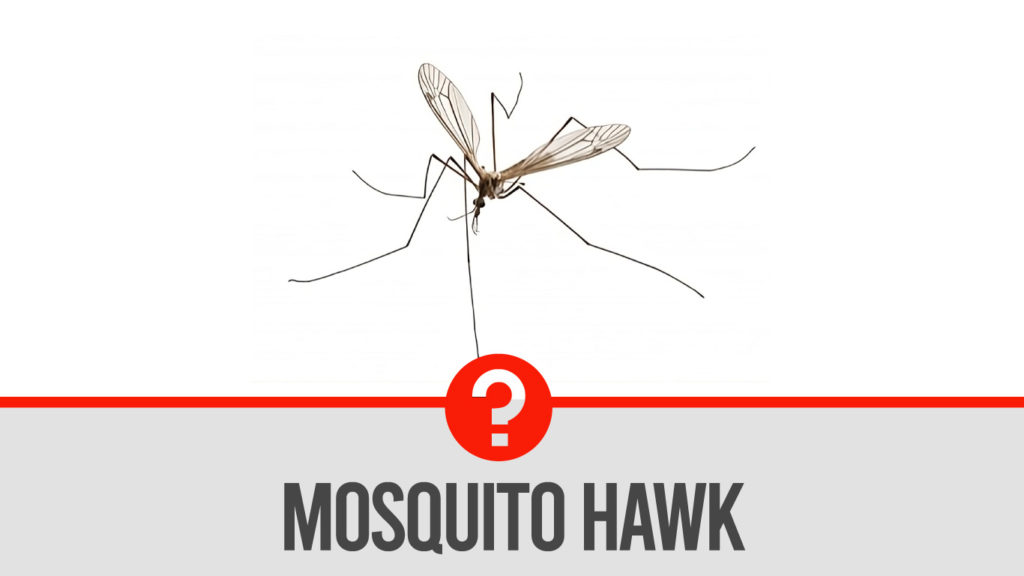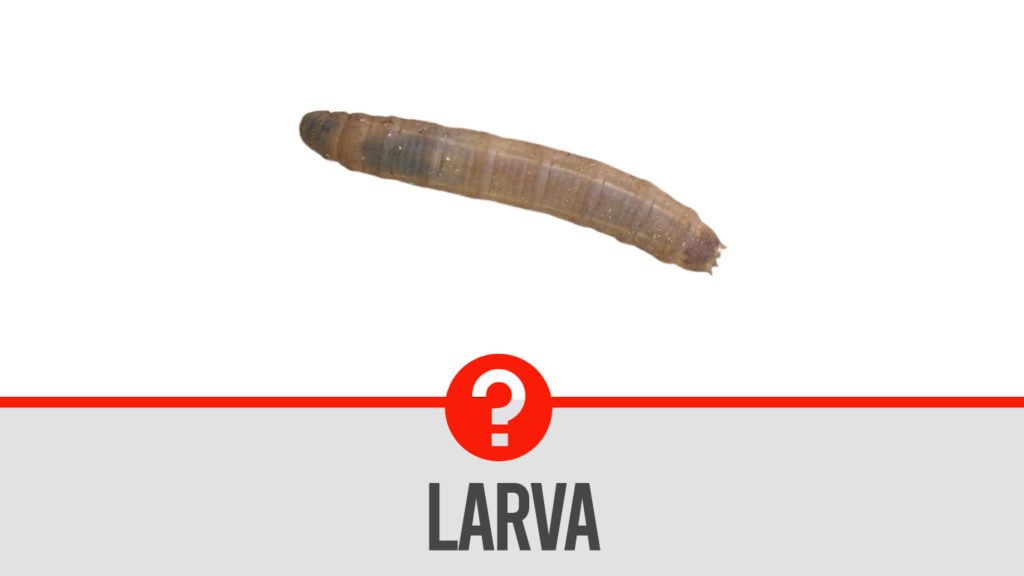
Have you seen a big mosquito looking bug in your room and are not sure what it is?
Most people can relate to this… you open your front or back door and in comes a giant, flying creature of some sort that manages to get past you and the next thing you know it’s “bouncing” off the ceiling.
Many homeowners have been experiencing lately an invasion of what appears to be a giant mosquito bug. Even though these insects resemble mosquitoes, they are not! But are they harmful?
Crane Fly – What is this big mosquito looking bug?
This giant mosquito looking bug is actually Crane Flies, aka “mosquito hawks”. And although the nickname “mosquito hawk” sounds like they could be beneficial and scary all at the same time, they are neither a predator of mosquitoes nor are they harmful.
Fortunately, unlike mosquitoes, Crane Flies do not bite, and some lack mouth parts altogether. Therefore, they can not suck blood or bite.
In fact, most Crane Flies do not even eat anything as adults because they typically only live for a couple of days. Their adulthood generally consists of a fast mating season before they die.
They are similar to mosquitoes, however, in that they require an aquatic or damp area to lay eggs and for larval development.
How to get rid of Crane Flies aka Mosquito Hawks
Crane Flies tend to congregate around porches and patios because they are attracted to light. Fortunately, they generally only have one generation per year, making them more of a nuisance during their short life span rather than a chronic pest. They tend to be more of a problem in the early Spring or in the late Fall. In most cases, waiting until the population dies off (generally a few weeks) is the best method of “removal.”
Because they require water or a damp environment for their life cycle, just as mosquitoes do, if you are experiencing a problem with them, you may be a prime candidate for a mosquito invasion as well.
Common Names of Giant Mosquito Looking Bug
Do not get confused as you might come across different names for this big mosquito. Here is a complete list of other names you might hear from the another person.
- Jimmy spinners
- Mosquito hawks
- Crane Flies
- Gollywhoppers
- Mosquito eaters
- Mosquito nippers
- Gallinippers
Ready to take the next step? Book your free consultation now! We proudly serve a wide range of areas including Huntsville, Decatur, Florence, Guntersville, Cullman, and many more.
What does a Large Mosquito Hawk Look Like?
Mosquito hawks, like mosquitoes, have long slender bodies with extremely noticeable long legs. Their spindly appearance distinguishes them from other flying insects.
According to Britannica, this big mosquito belonging to the family Tipulidae can be up to 1.5 inches long with a wing span of 6.5 inches. You will find them usually near lights, or banging on windows late at night and in abundant vegetation. Mind that they are different from grasshoppers.
Body
Crane flies have slender and delicate bodies, usually light brown, grey, or tan in colour. Their bodies are segmented, and the abdomen is often elongated.
Wings
The wingspan of mosquito hawks can vary depending on the species, but they generally have long and narrow wings that are held horizontally at rest. The wings are translucent brown or black and have prominent veins running through them.
Legs
As the name “long-legged fly” suggests, this large fly has extremely long legs, which can be two to three times the length of their bodies. These long legs are fragile and may be easily damaged.
Antennae
They have long, thread-like antennae that protrude from their heads like ants.
What does the Giant Mosquito (Crane Flies) Larva Look like?
These little creatures might not be as menacing as they sound, but they do have an intriguing appearance that sets them apart from your typical insect larvae. Sure, they might raise a few eyebrows in gardens and lawns but don’t fret. Unlike your regular bloodsucking large mosquito, these leatherjacket larvae are harmless and won’t leave you with any nasty itchy bites.

So that you do not mistake a mosquito hawk’s larva for some other insect, here’s you need to know what the larva of a crane fly, commonly known as a leather jacket, looks like:
Size and Shape
Crane fly larvae, or leatherjackets, can vary in size depending on the species, but they are generally elongated and cylindrical, resembling a small worm or caterpillar. They can range from a few millimetres to several centimetres in length.
Colour
The colour of this huge mosquito larvae can vary from pale white, greyish, or brownish to darker shades. Some may even have a translucent appearance.
Body Segments
The larval body is composed of distinct segments, and they have a slightly tougher, leathery texture, which is how they have the nickname “leather jacket.”
Head and Mouthparts
At the front end of the larva, there is a small head with simple eyes (ocelli) and mandibles, which they use to feed on decaying plant material, vegetation, organic matter, and roots.
Behaviour
Crane fly larvae are usually found in moist environments, such as damp soil, marshes, or aquatic habitats. They are often considered pests in gardens and lawns because they can feed on the roots of plants, potentially causing damage to crops.
How to get rid of Crane Flies aka Mosquito Hawks
Crane Flies tend to congregate around porches and patios because they are attracted to light. Fortunately, they generally only have one generation per year, making them more of a nuisance during their short life span rather than a chronic pest.
They tend to be more of a problem in the early Spring or in the late Fall. In most cases, waiting until the population dies off (generally a few weeks) is the best method of “removal.”
The Alabama Department of Public Health checklist is a smart way to catch mosquito hawks in your residential area before they destroy your crops and garden.
Because they require water or a damp environment for their life cycle, just as mosquitoes do, if you are experiencing a problem with them, you may be a prime candidate for a mosquito invasion as well.
Areas we serve
Mr. Bugg’s Pest Patrol is proud to offer its services across the following regions in Alabama.
Frequently Asked Questions
1- Do Crane flies eat mosquitoes?
No, Crane flies donot eat mosquitoes. They are harmless as opposed to common belief as most people call them “mosquito hawks” or “mosquito eaters”.
2- Do crane flies bite?
No, Crane flies donot bite. They are harmless insects for human, livestock or pets. But if in large numbers they do posses serious threat to field corps and golf courses.
3- What is the difference between crane fly vs mosquito?
Crane flies have straight bodies with wings spread out when resting, while mosquitoes have a humped appearance with folded wings when at rest. Furthermore, Crane flies are harmless while mosquitoes bites and spread diseases.
4- What do mosquito hawks eat?
Mosquito hawks, also known as crane flies, primarily eat nectar and pollen. And contrary to common belief they dont eat mosquitos.
5- What are the bugs that look like giant mosquitoes?
Crane flies are insects that are often mistaken for giant mosquitoes due to their long legs and slender bodies, but they do not bite humans and primarily feed on nectar.
Contact our office today to schedule a FREE evaluation for your Mosquito Reduction needs and start enjoying time in your yard.

